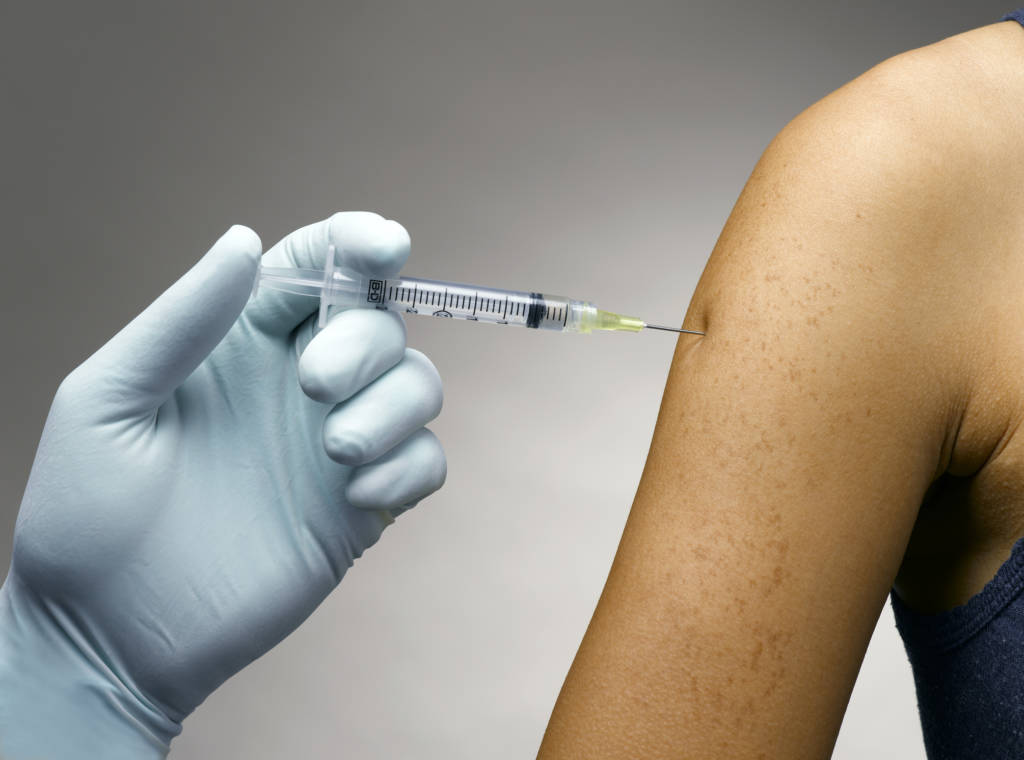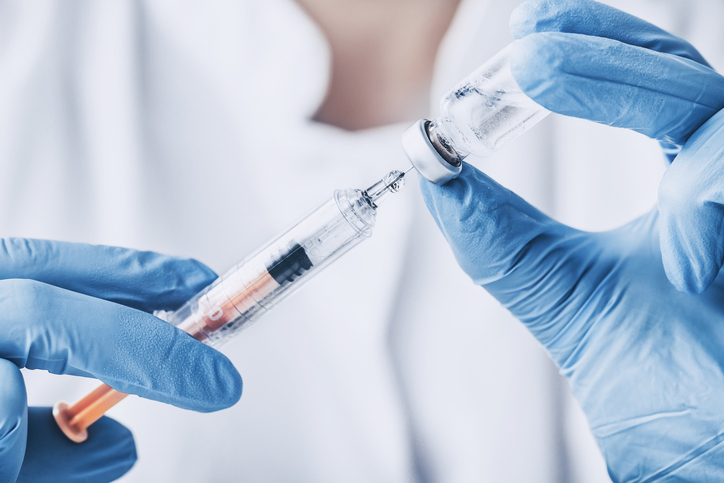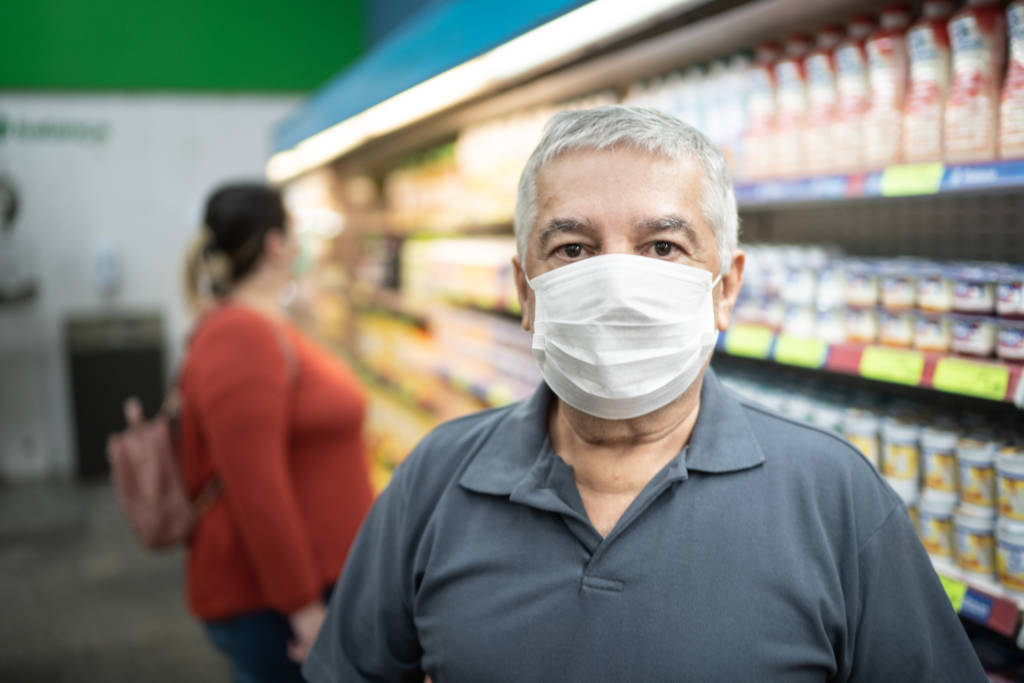“We know that the main route of transmission for coronavirus is via droplets in the breath and it’s possible that breathing harder during exercise could facilitate transmission, especially indoors. Research suggests that wearing a mask may help prevent the spread of the disease, but there is no clear evidence on whether masks are safe to wear during vigorous exercise,” Salvioni said in a European Lung Foundation news release.
While wearing a face mask, the participants had an average reduction of around 10% in their ability to perform aerobic exercise, likely because it was slightly harder for them to breathe in and out through the masks, the investigators noted.
According to study author Massimo Mapelli, also from Centro Cardiologico Monzino, “This reduction is modest and, crucially, it does not suggest a risk to healthy people doing exercise in a face mask, even when they are working to their highest capacity. While we wait for more people to be vaccinated against COIVD-19, this finding could have practical implications in daily life, for example, potentially making it safer to open indoor gyms.”
However, Mapelli added, “We should not assume that the same is true for people with a heart or lung condition. We need to do more research to investigate this question.”
Sam Bayat is chair of the European Respiratory Society’s Clinical Respiratory Physiology, Exercise and Functional Imaging Group. “Although these results are preliminary and need to be confirmed with larger groups of people, they seem to suggest that face masks can also be worn safely for indoor sports and fitness activities, with a tolerable impact on performance,” he said.
Bayat, of Grenoble University Hospital in France, was not involved in the study.
More information
The World Health Organization has more on when and how to wear masks.




